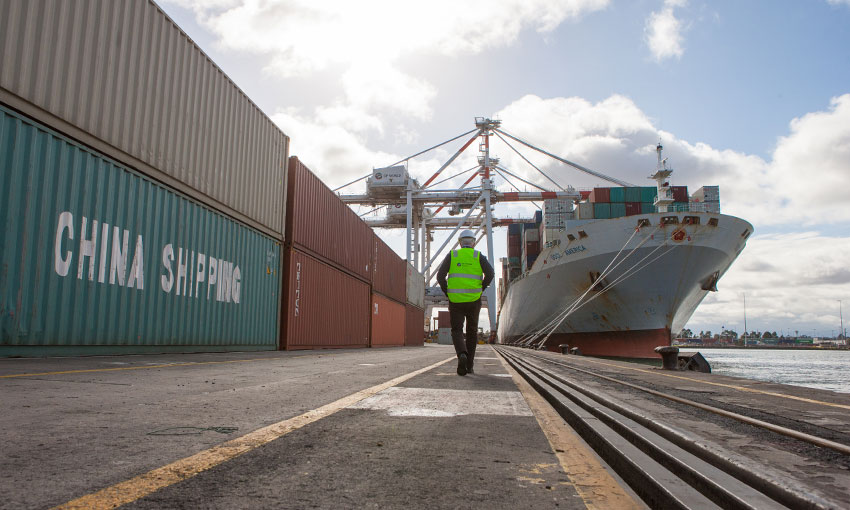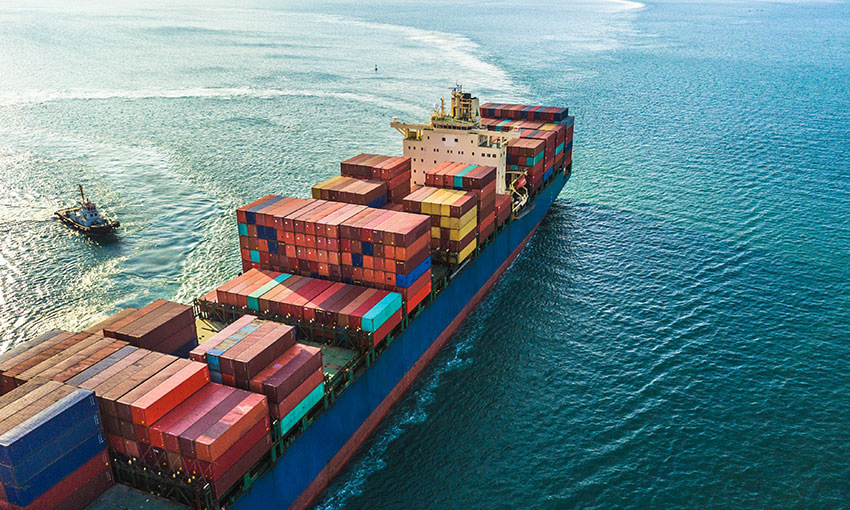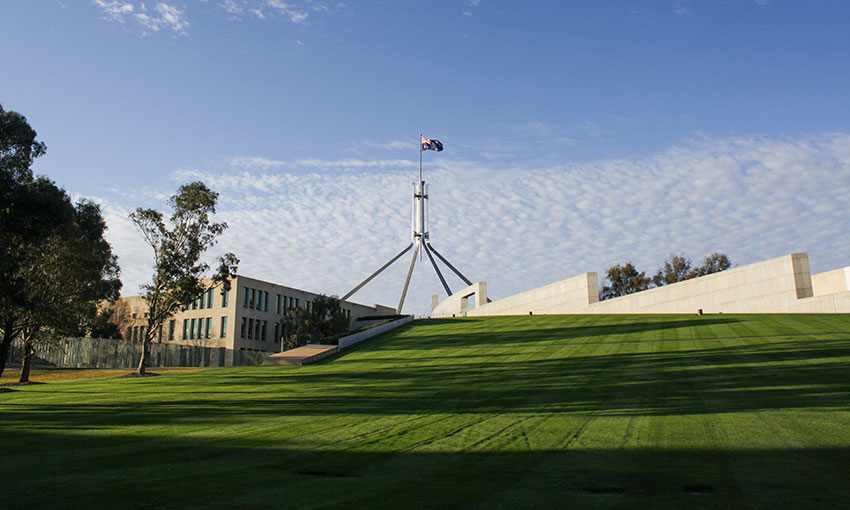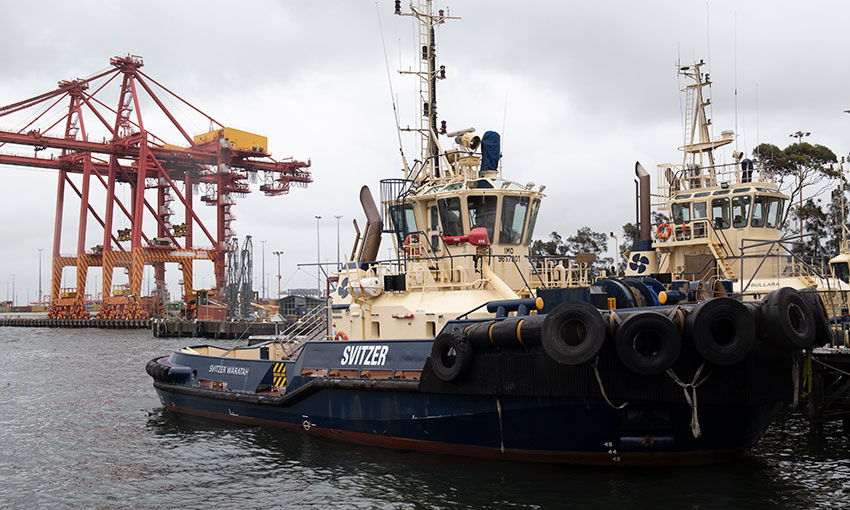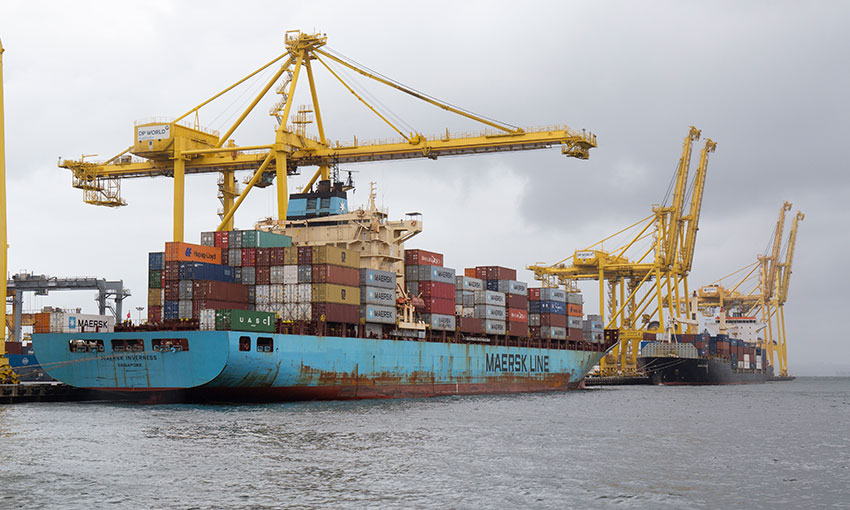ANOTHER wave of responses to the Productivity Commission’s draft report follows a pattern of relief and frustration expressed on the day of its release.
The draft report, Lifting productivity at Australia’s container ports: between water, wharf and warehouse, was published on Friday 9 September.
It is the outcome of an inquiry into Australia’s maritime logistics system, which essentially found the underperformance of the country’s container ports are costing the economy around $605 million each year.
Maritime logistics expert Peter van Duyn told DCN he agrees with the Productivity Commission’s view that industrial relations in Australian ports are in need of an overhaul and are holding back port productivity.
“[But] I do not agree with the reliance and interpretation based on the IHS Markit, as I have commented previously in DCN articles,” he said.
Mr van Duyn highlighted the draft report’s suggestion that Australia’s crane rate is comparable to international standards, but the crane intensity is below par resulting in longer turnaround time.
“This is for a number of reasons: Australian ports have relatively short quay length for each stevedore which hampers productivity,” he said.
“Cranes and container handling equipment is expensive, and stevedores are reluctant to invest in capital if they are not able to achieve a return on investment, this might not be the case in other ports because the stevedores are government owned.
“Australian ports generally handle older and smaller ships limiting the ability to assign more cranes to a vessel.”
However, Mr van Duyn did agree with the commission’s view that landside data should be included in assessing port performance, which he said was not the case with the IHS Markit study.
“Australian biosecurity requirements, which are amongst the strictest in the world, also hamper quick turnaround of ships and more importantly containers, which lead to demurrage payable to the shipping line by the transport operator/importer when containers are not returned to an empty container park quickly enough.”
He said he also agrees with the commission’s argument that terminal access charges should not be charged to the transport operator but incorporated in the stevedore tariff charged to the shipping lines.
“TAC charges also need more oversight than [what they currently have]. The commission also indicated that current performance data undertaken by BITRE is insufficient and has too long of a lag time to be useful.”
Responding to comments around of the proposed development of a strategic fleet – that it is effectively unnecessary – Mr van Duyn said he disagreed with the Productivity Commission’s perspective.
“In my view it is imperative that we grow the number of vessels flying an Australian flag both for strategic purposes but also to provide training opportunities for Australian seafarers.
“It’s not all about economics. It will require a concerted effort of all stakeholders including unions to achieve this.”
The Australian Industry Group also responded to the Productivity Commission’s draft report on its release.
Ai Group, a national employer association, said it had called for immediate action to achieve reform at Australian container ports – a call it felt had been vindicated by the draft report.
“The impacts of [port inefficiency] are worn by consumers and businesses, driving up costs and reducing productivity,” Ai Group chief executive Innes Willox said.
The Productivity Commission had attributed deficiencies in port productivity, in part, to recent bursts of industrial action, a position rejected by the MUA.
“As the commission outlined, disruptions during recent enterprise bargaining imposed large costs on businesses dependent on maritime freight,” Mr Willox said.
“More effective remedies are needed to limit unreasonably protracted bargaining and industrial action.
“This further speaks to the need to make changes to the Fair Work Act. The MUA has an excessive amount of power in enterprise bargaining negotiations which needs to be kept in check.”
Mr Willox said he believes the creation of a Ports and Shipping Industry (PSI) Code would address the “extreme restrictions” in waterfront enterprise agreements that drive up costs.
“The code could be created through amendments to the Fair Work Act,” he said.
“Given that the legislative source for the PSI Code is proposed to be the Fair Work Act, the logical regulator with responsibility for its enforcement would be the Fair Work Ombudsman.”
In terms of port perspectives, Port of Melbourne also welcomed the release of the draft report, supporting the industry-wide inquiry into optimising productivity in the maritime supply chain.
Port of Melbourne is the landlord manager of the container port and is responsible for the development and administration of the port’s operations under a 50-year agreement that began in 2016.
“We have great respect for the regulatory framework the Victorian government put in place at the time of the port lease in 2016 and we strongly believe the framework is working as intended,” Port of Melbourne said in a statement.
“Indeed, Port of Melbourne believes that having both the right investment and public policy settings in place are vital to ensuring Australia’s ports continue to be a vital trading hub and node in the port freight supply chain and contribute to the prosperity and well-being of our communities.
“As we have done since the inquiry was announced by the federal government, we will continue to openly participate in the process.
“To that end, we are considering in detail the specific findings and recommendations of the draft report and we will respond accordingly.”
Neil Chambers, director of Container Trade Alliance Australia said CTAA is also engaging with the draft report following its submission to the Productivity Commission on landside container logistics issues.
CTAA had also participated in online consultations focusing on landside productivity, container terminal access fees and the container detention fee policies and practices of the foreign shipping lines.
Mr Chambers indicated in a statement he felt the Productivity Commission had heard the concerns and arguments of CTAA members.
“CTAA and its alliance companies will be examining the draft report in detail and will be making a further submission to the Inquiry by the closing date of 14 October 2022,” he said.
And an NSW Ports spokesperson has confirmed to DCN it is also reviewing the draft report.

